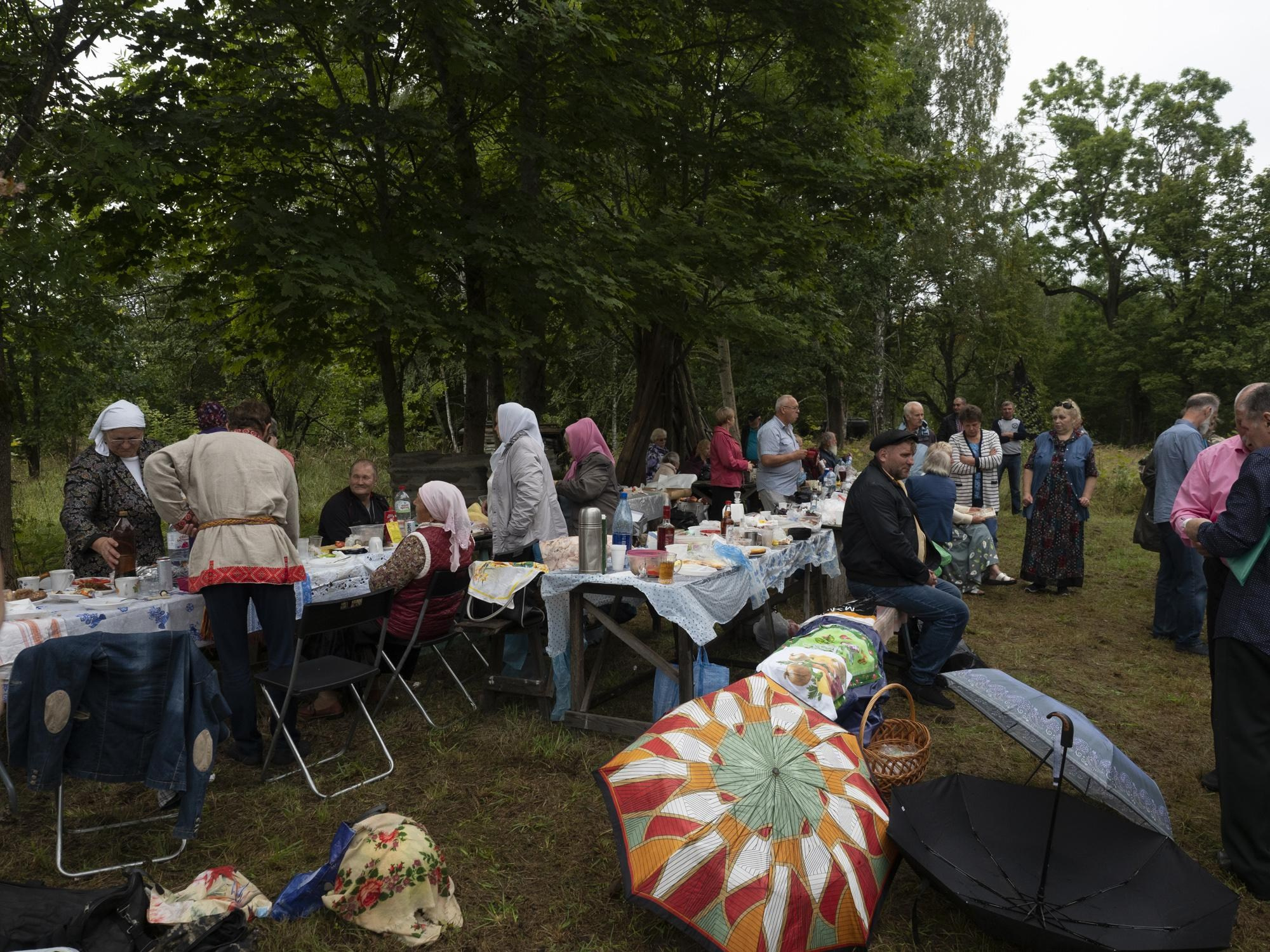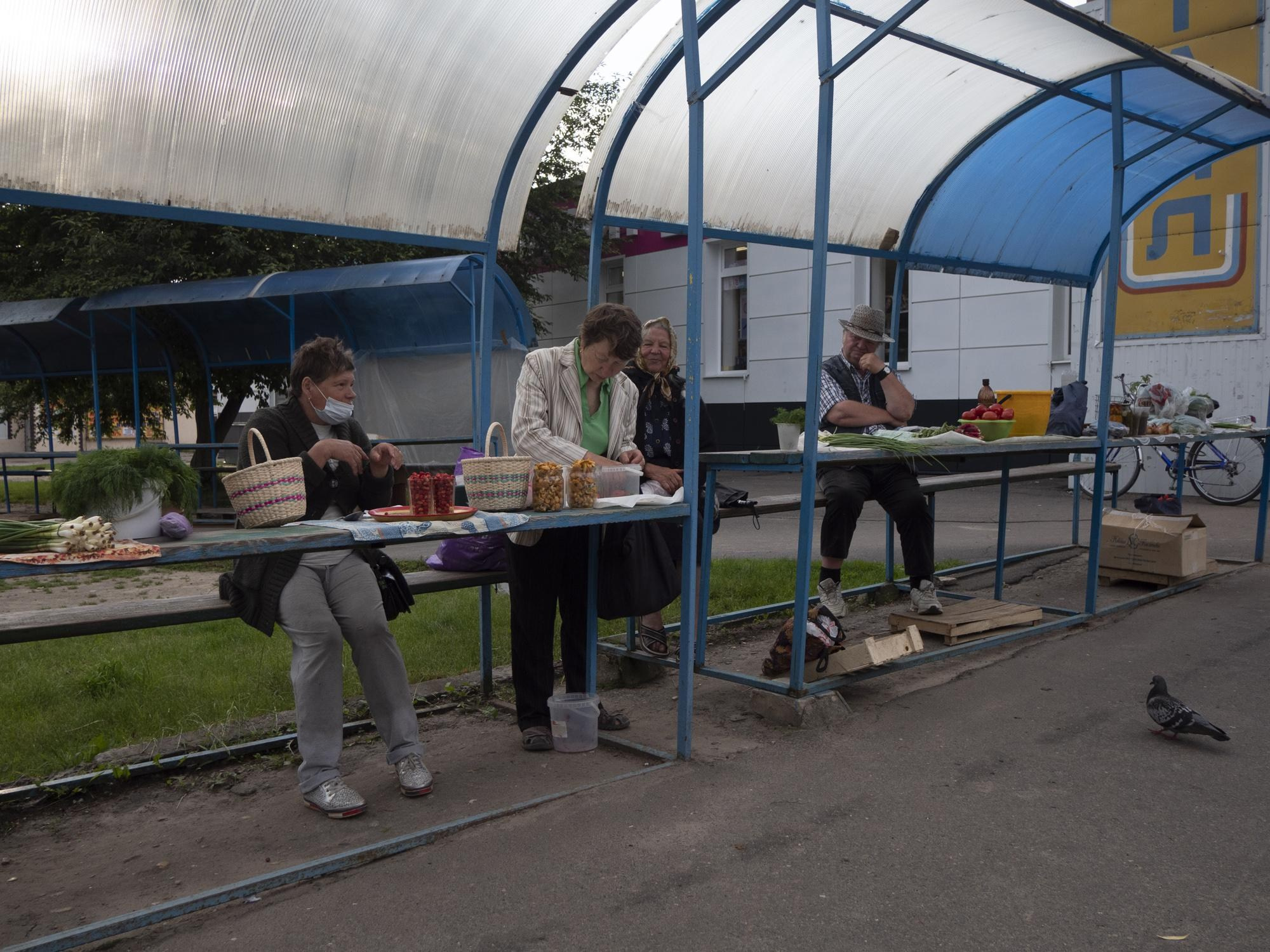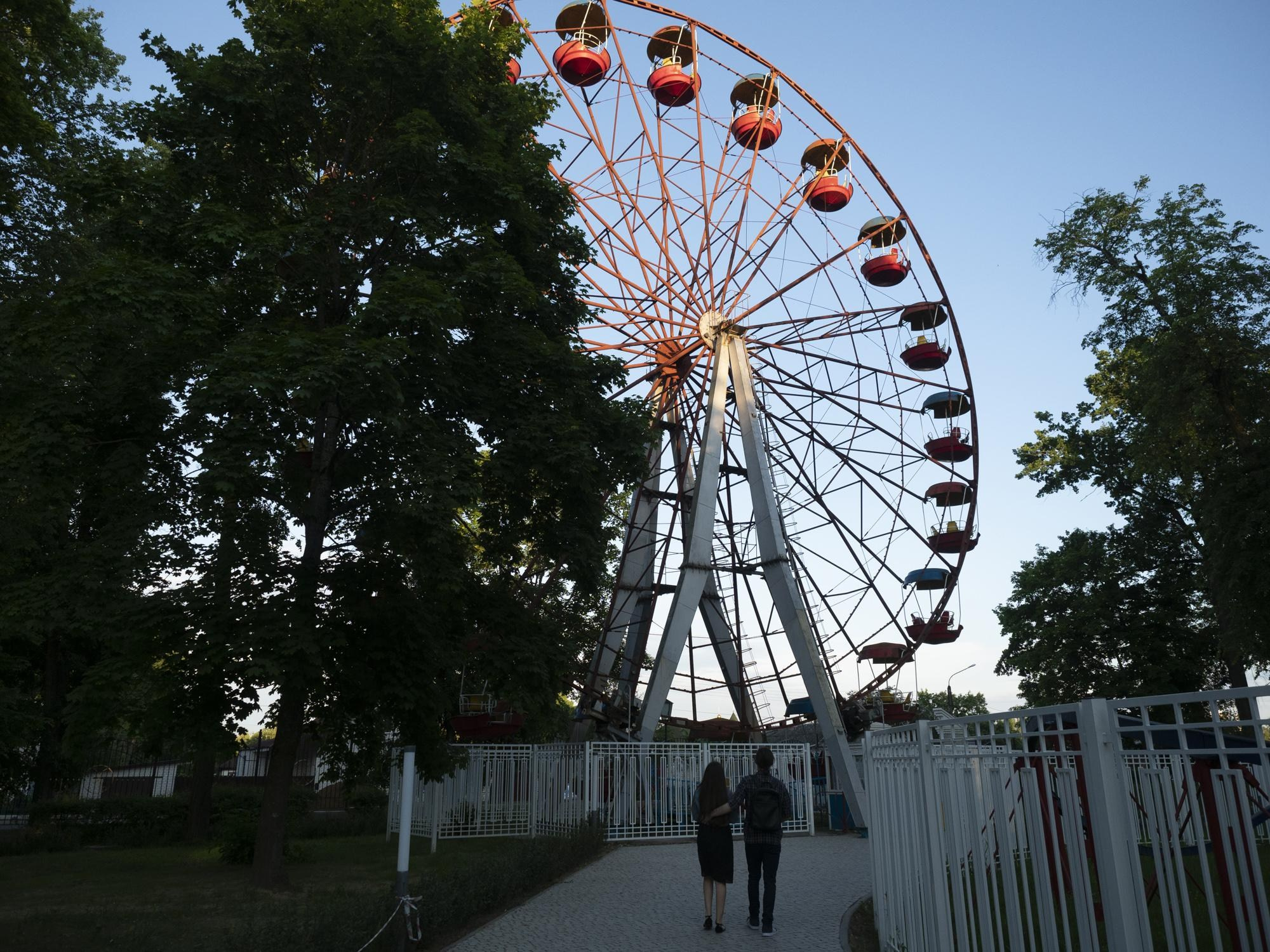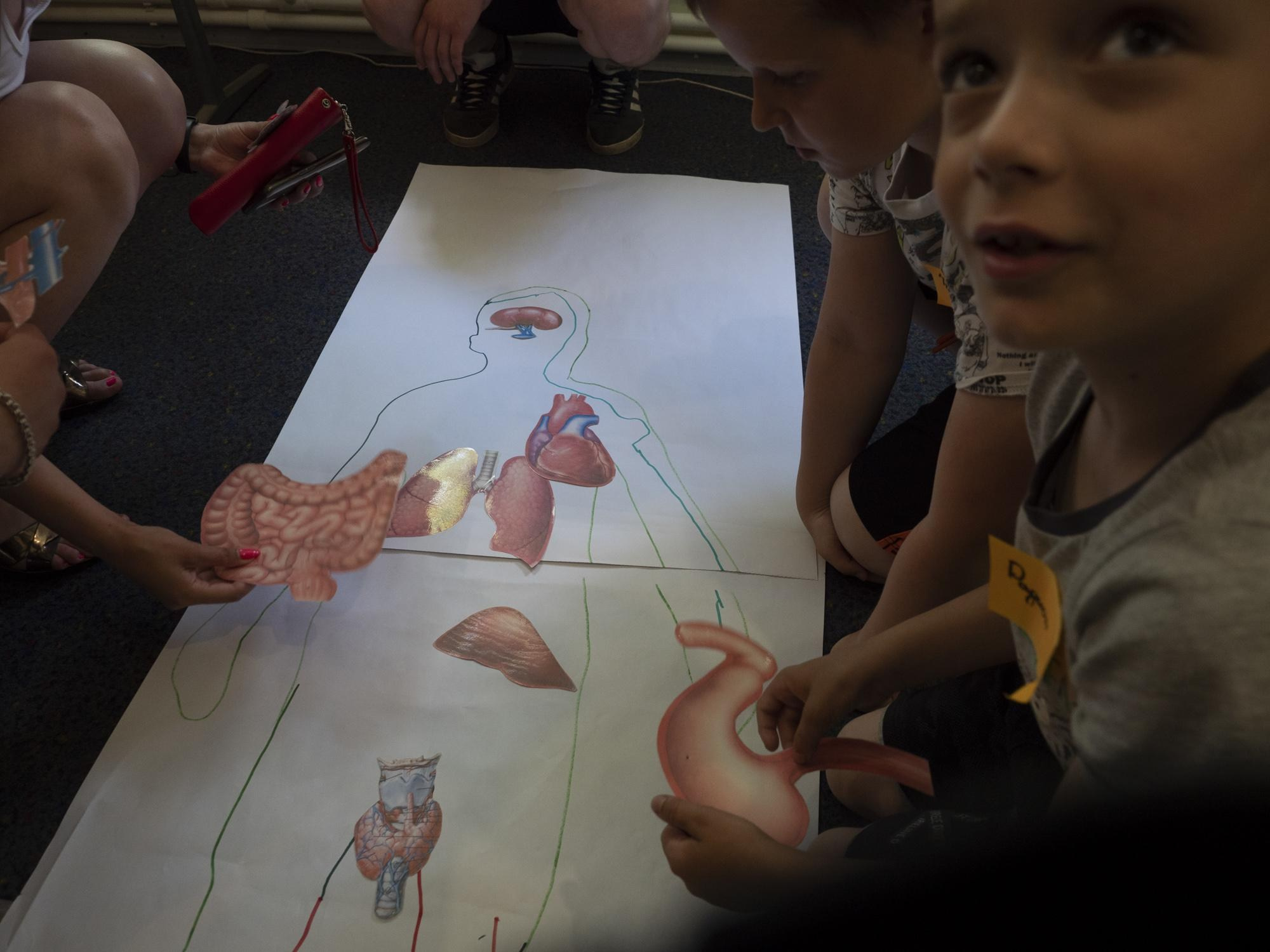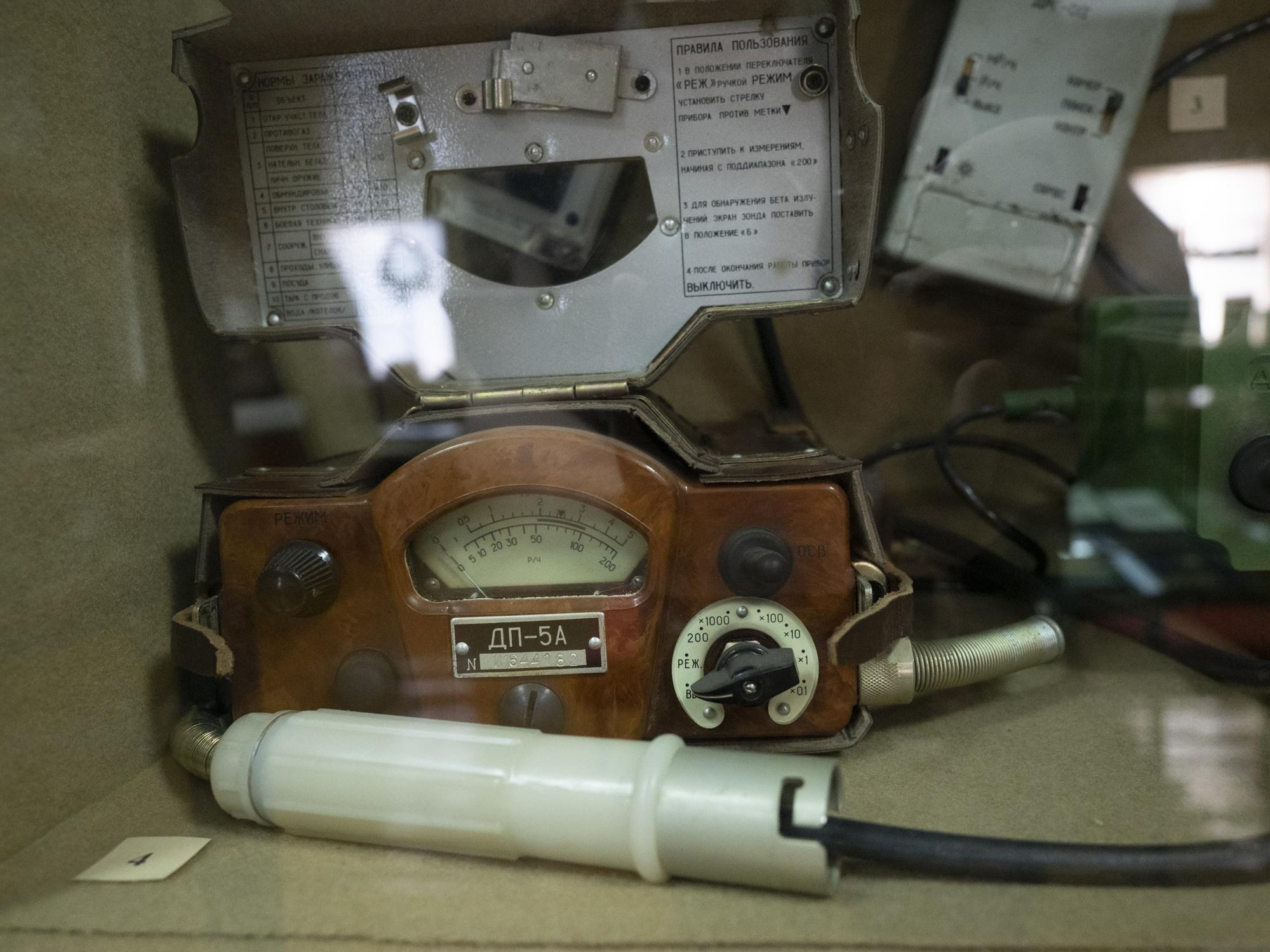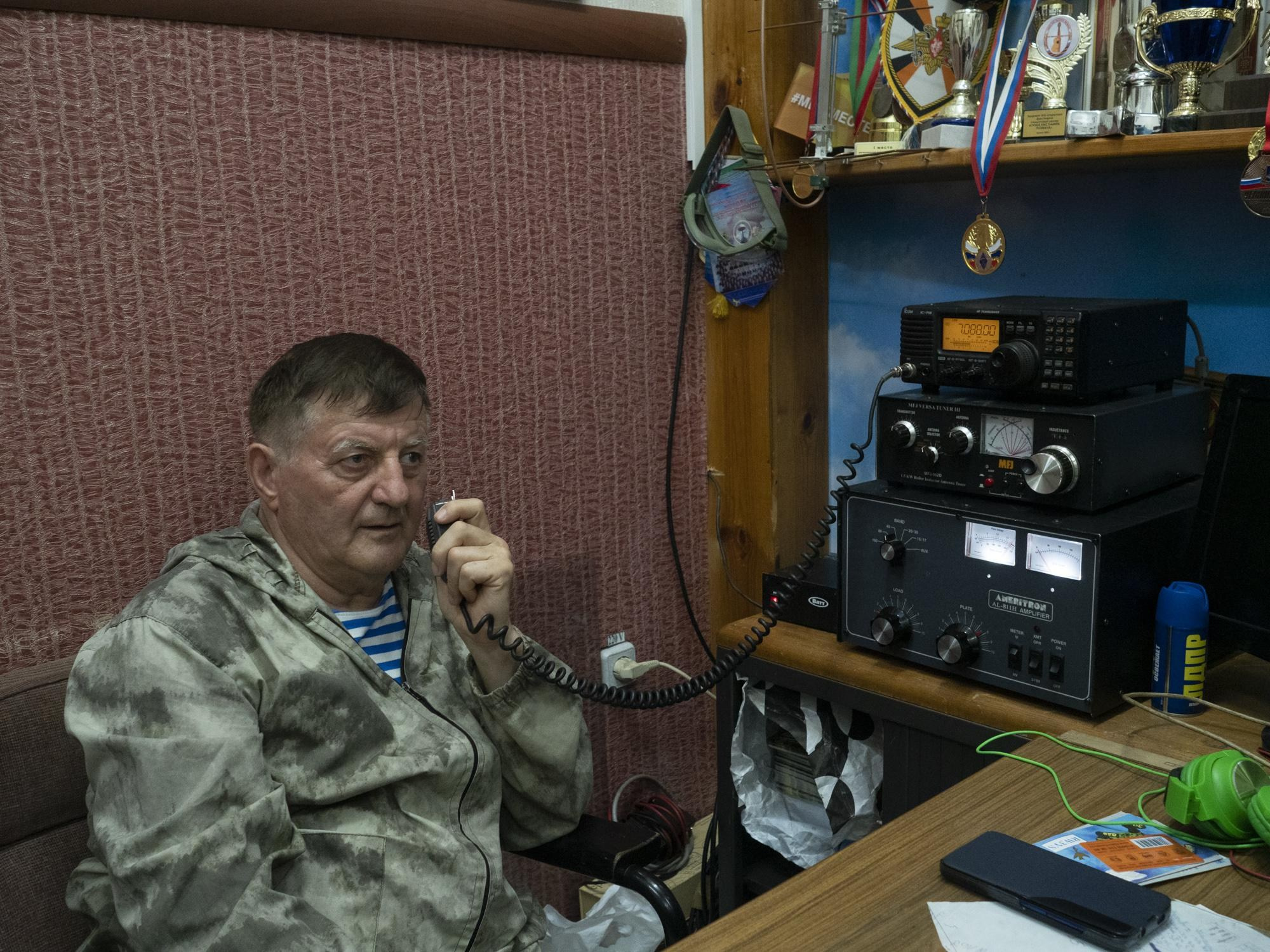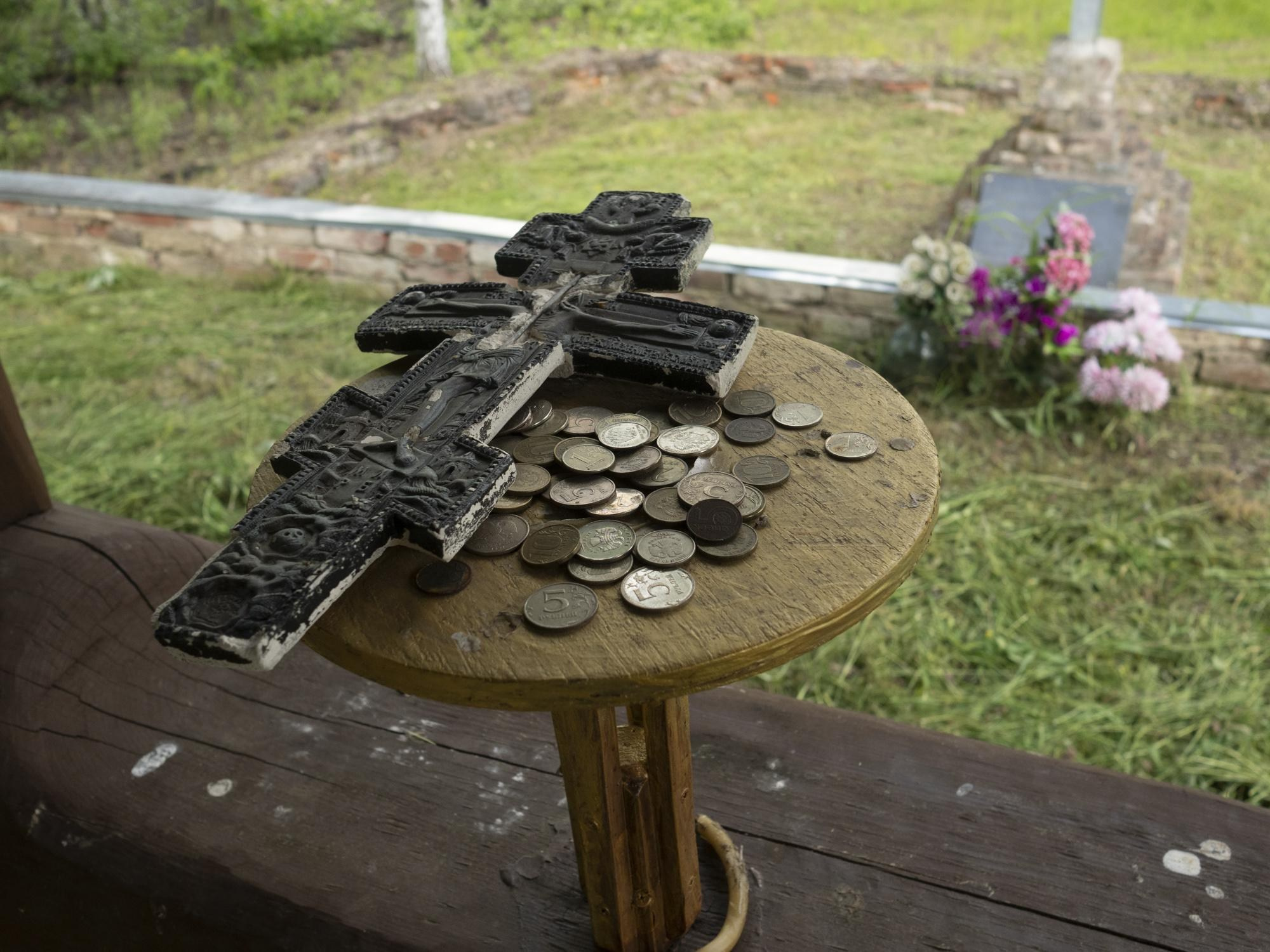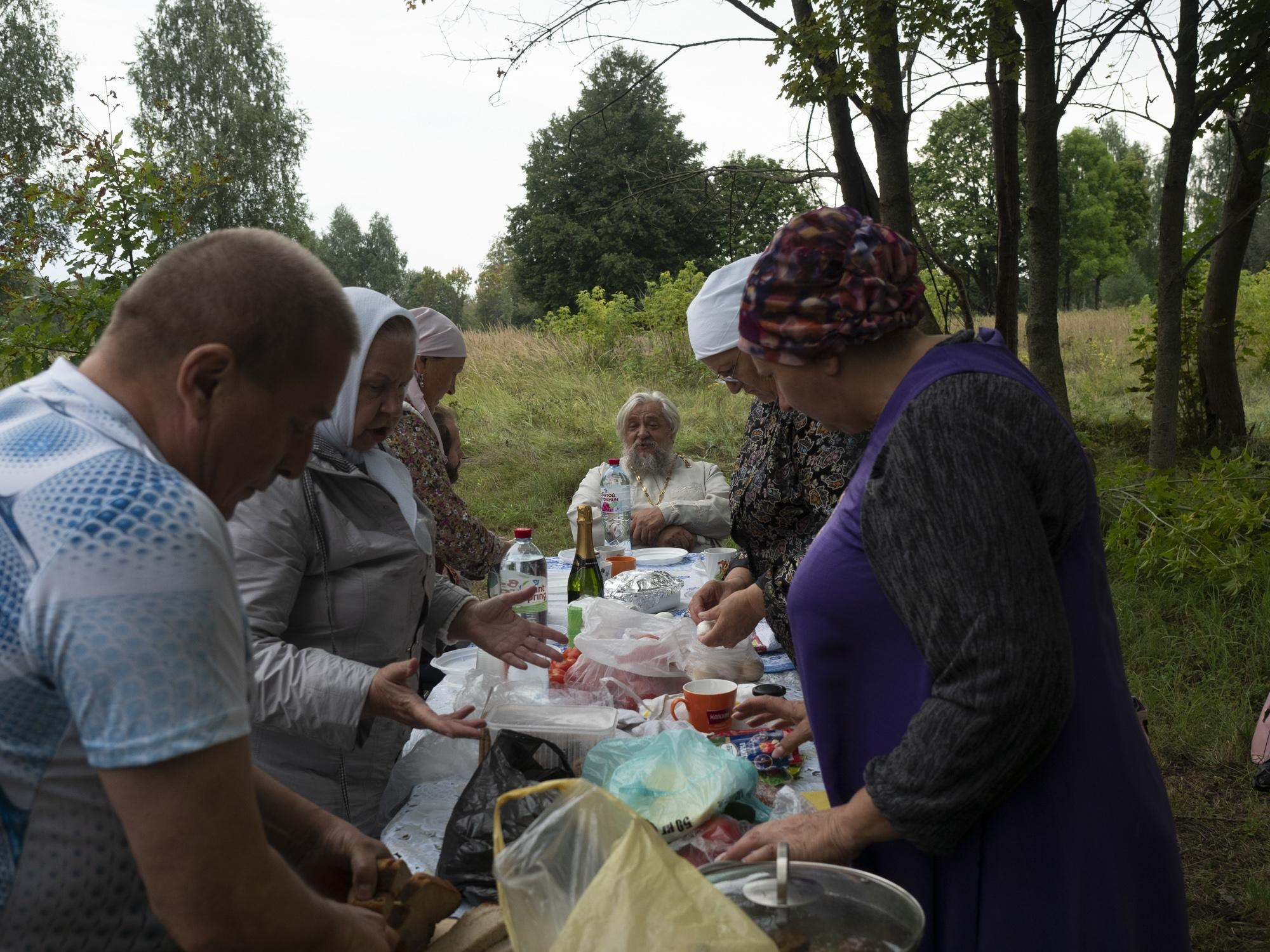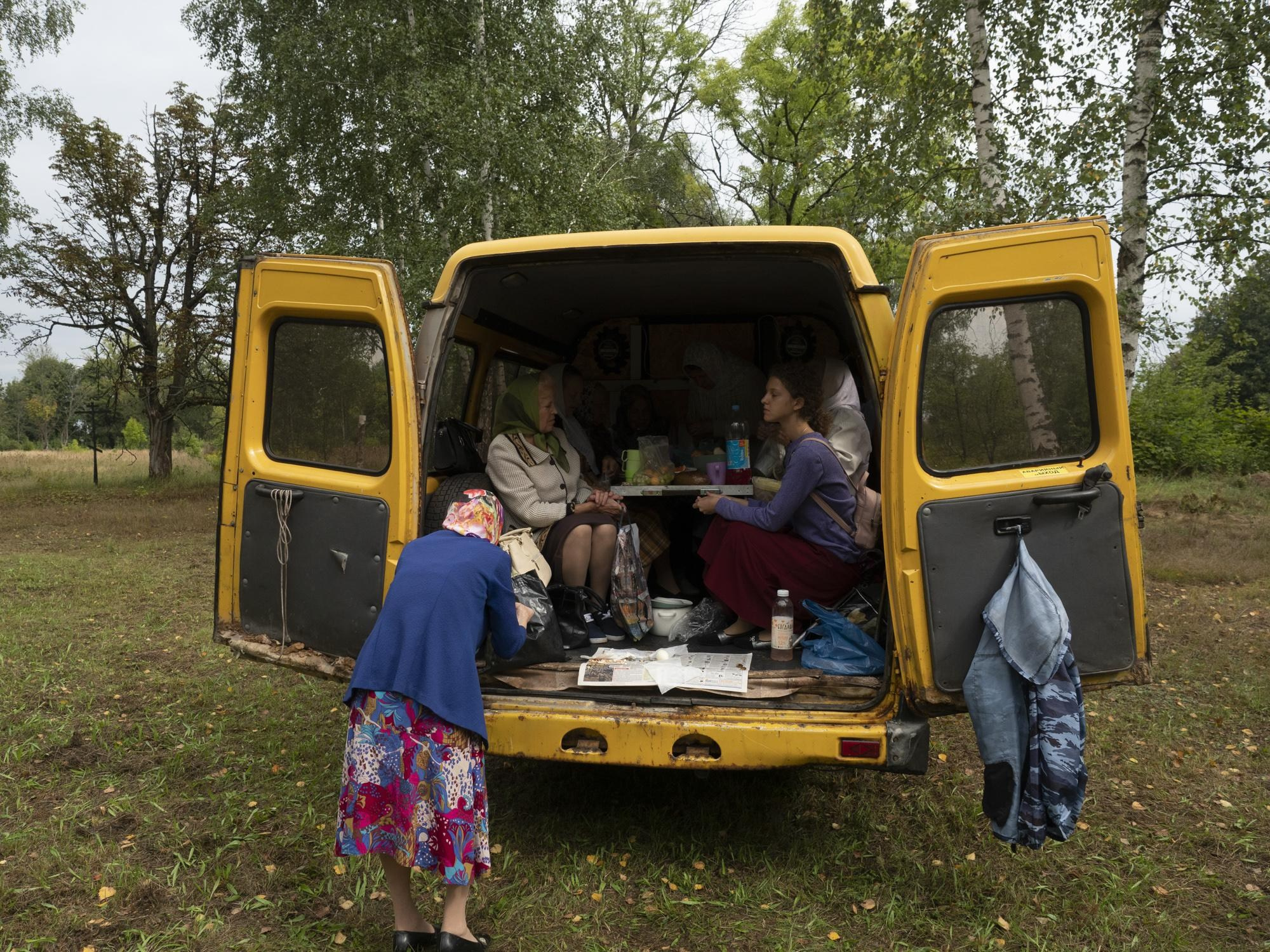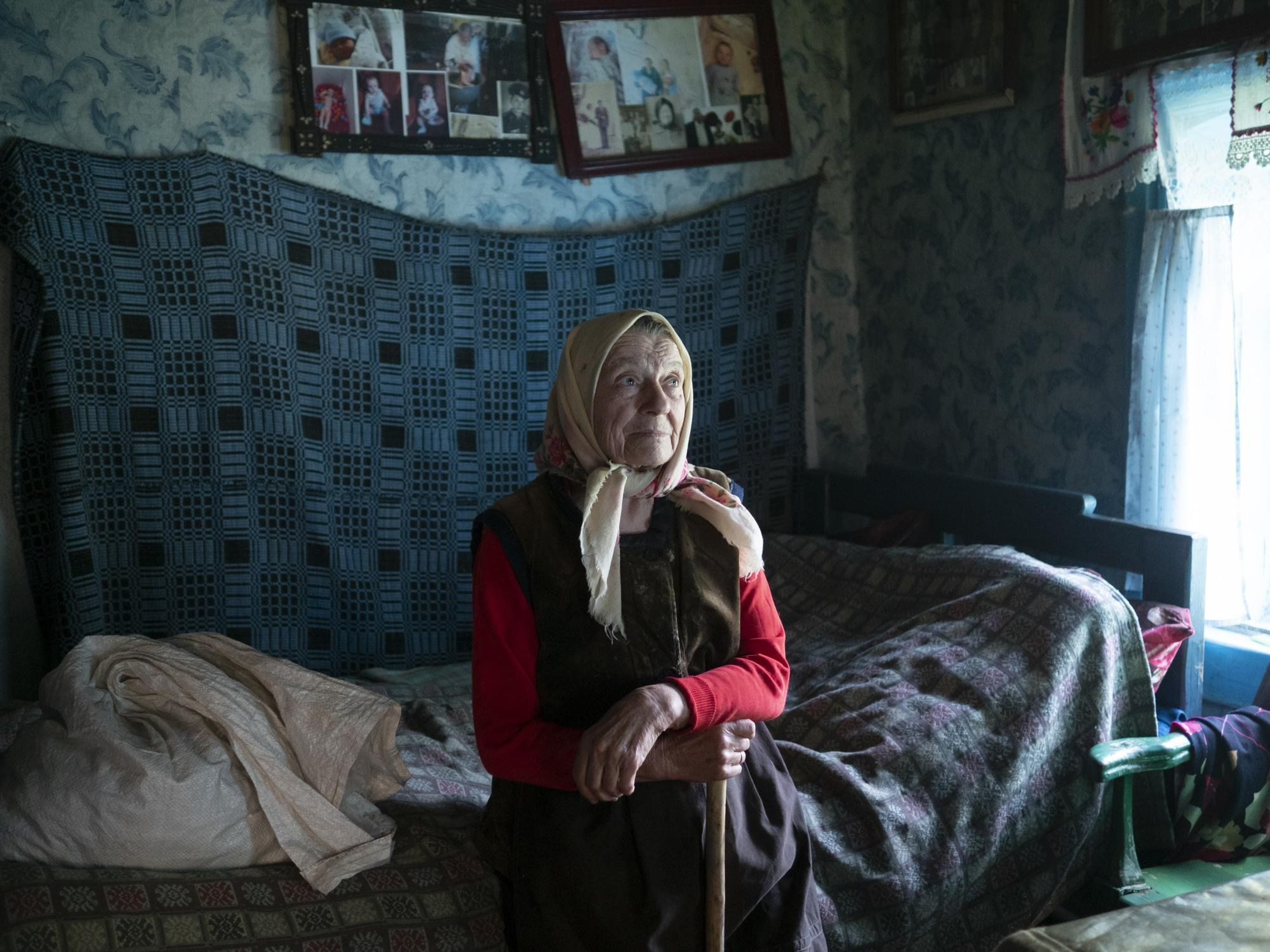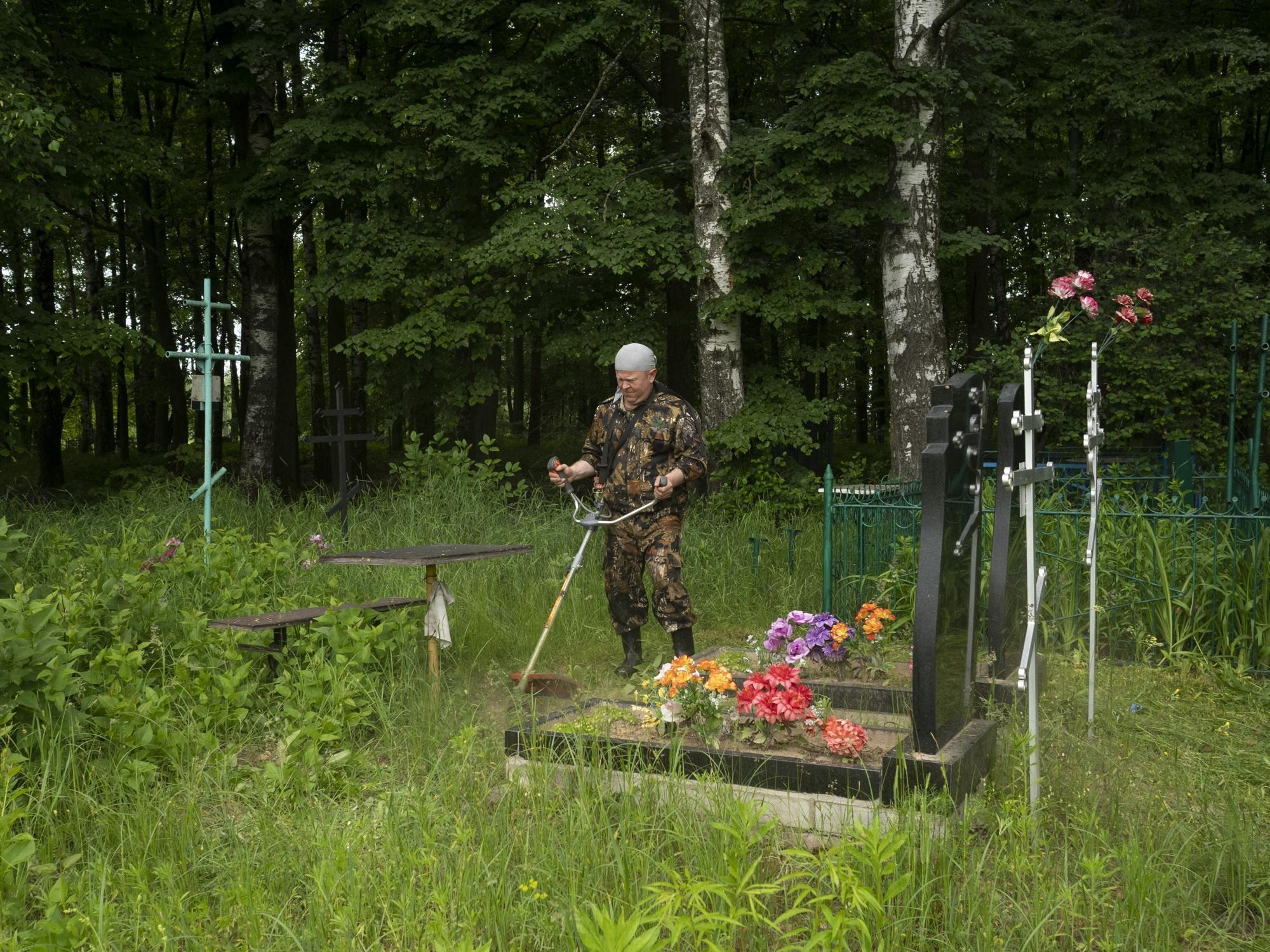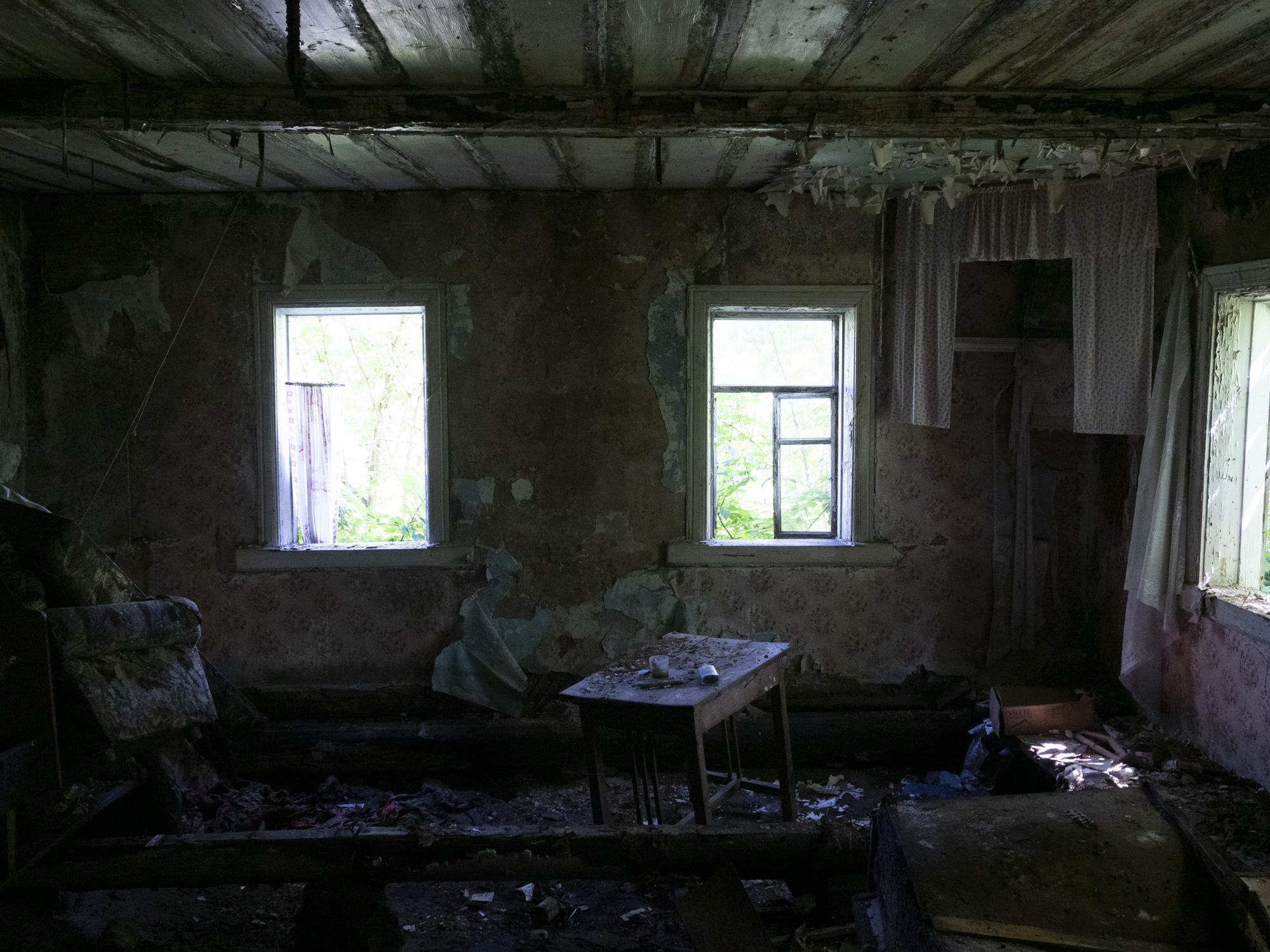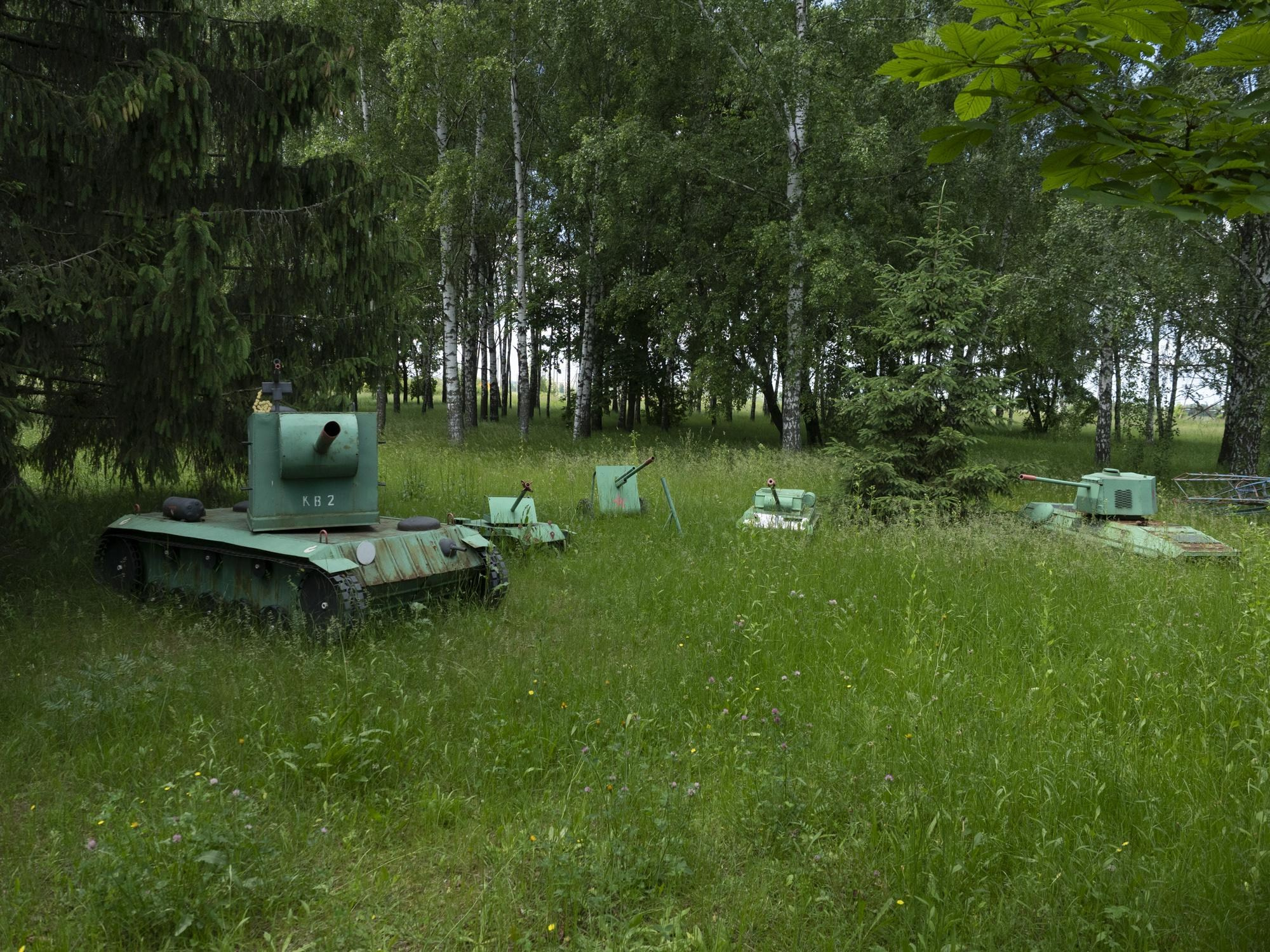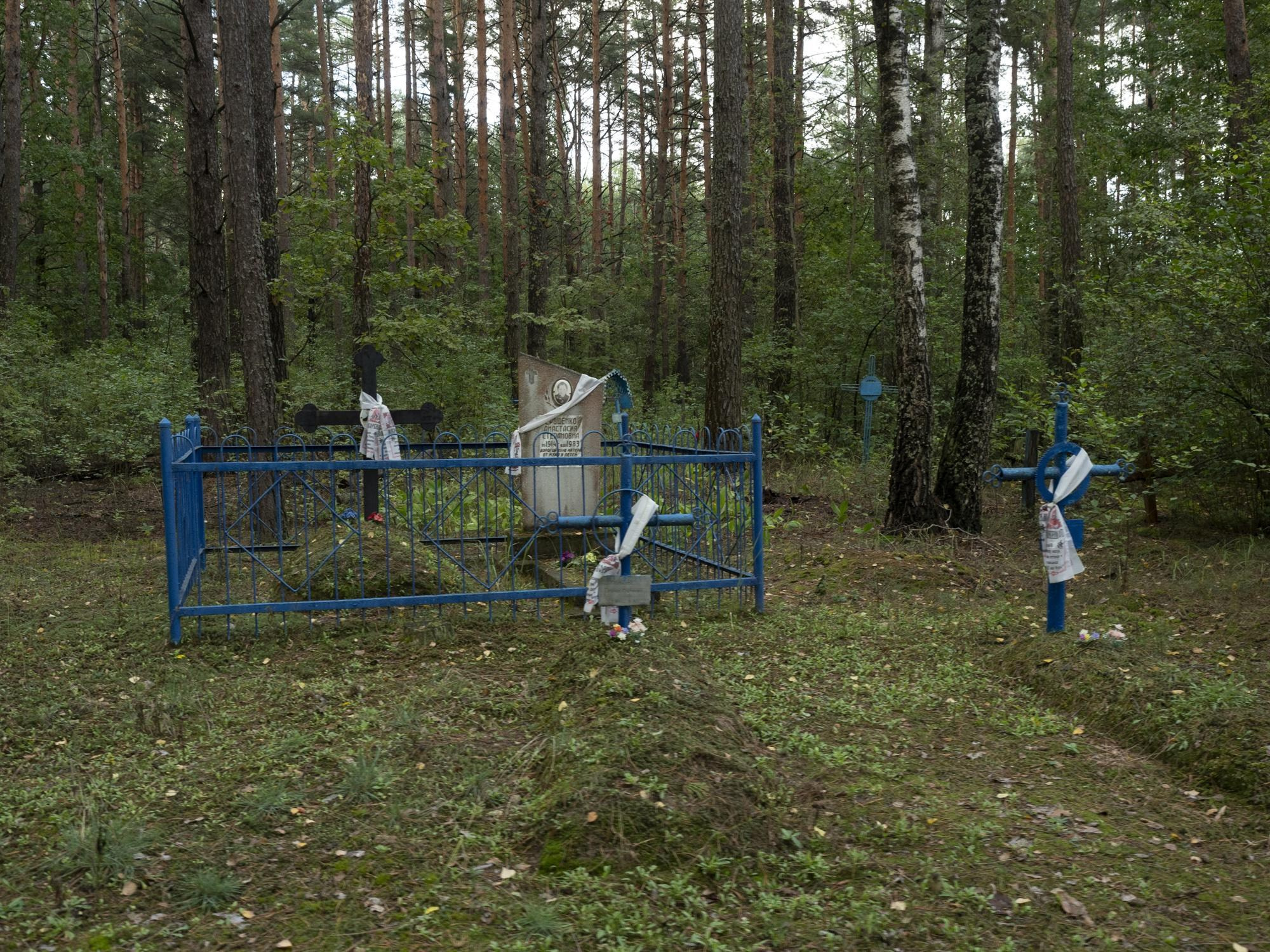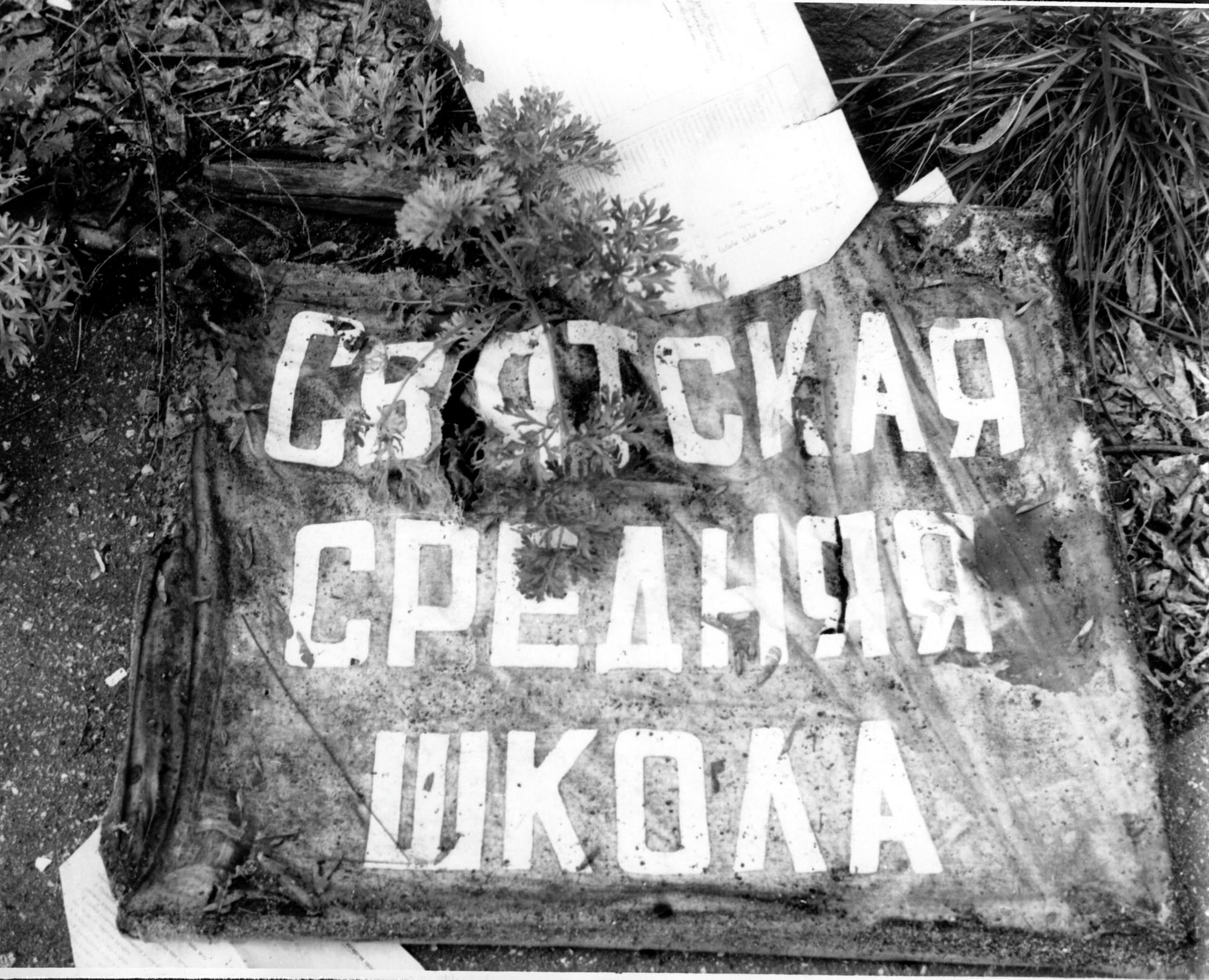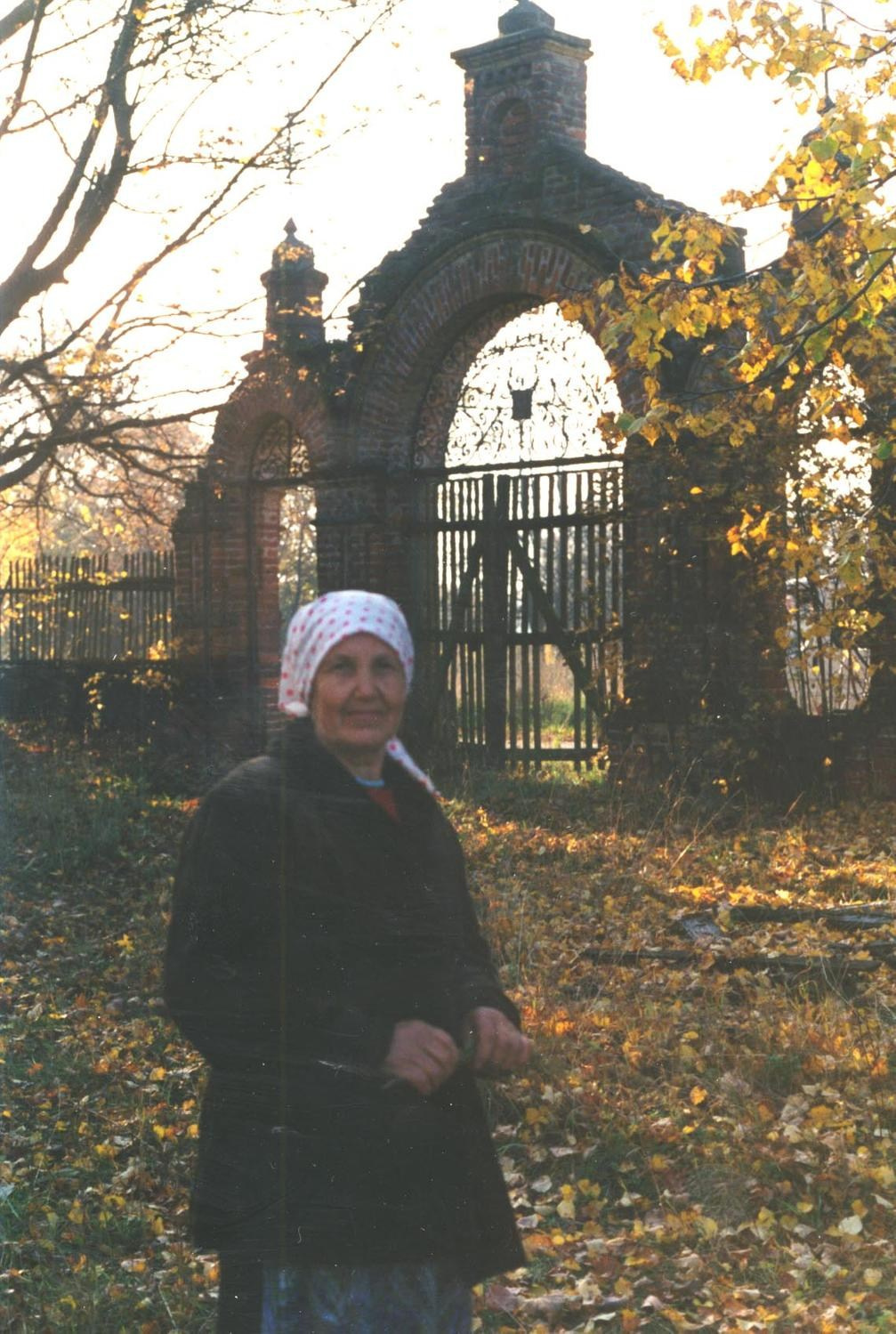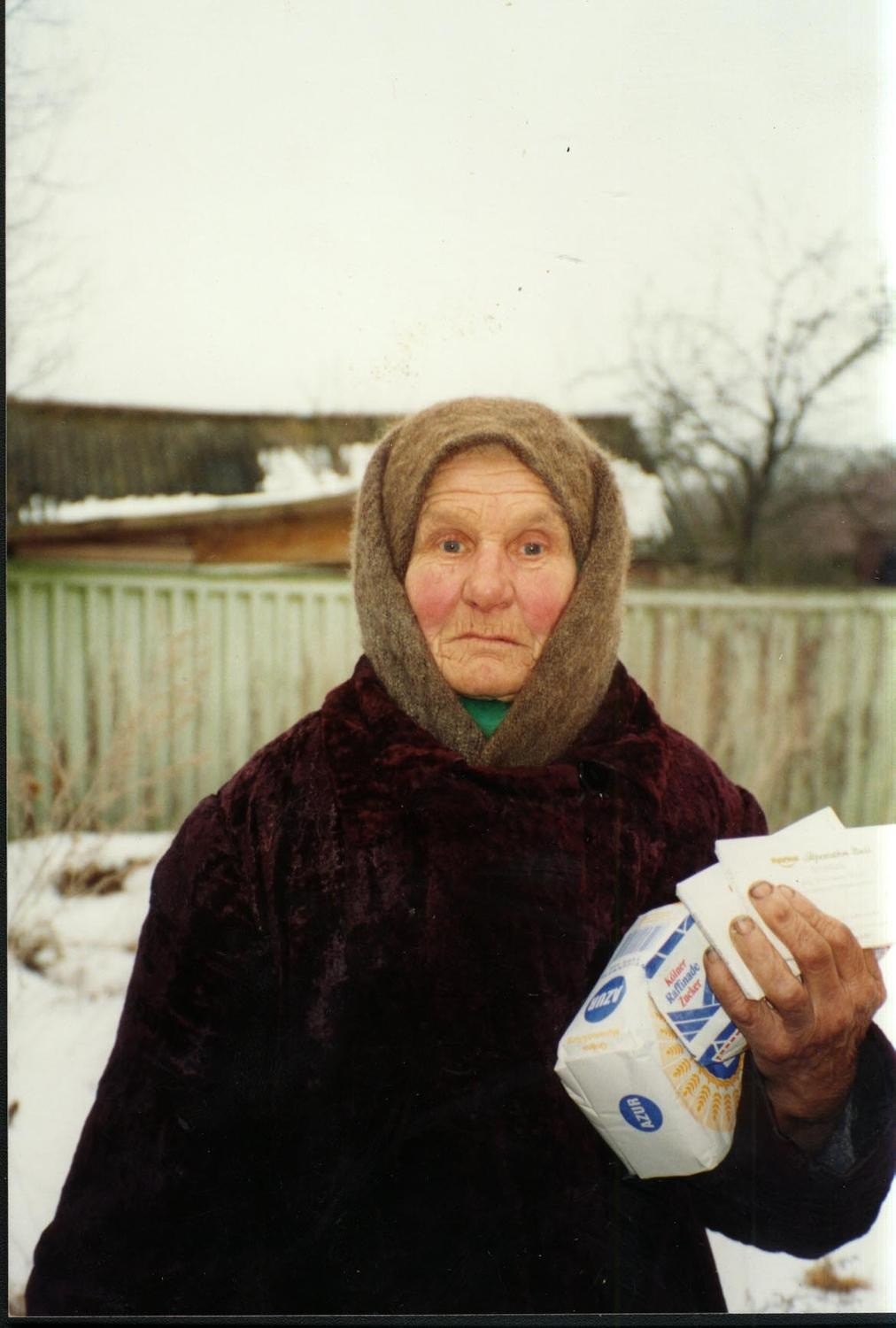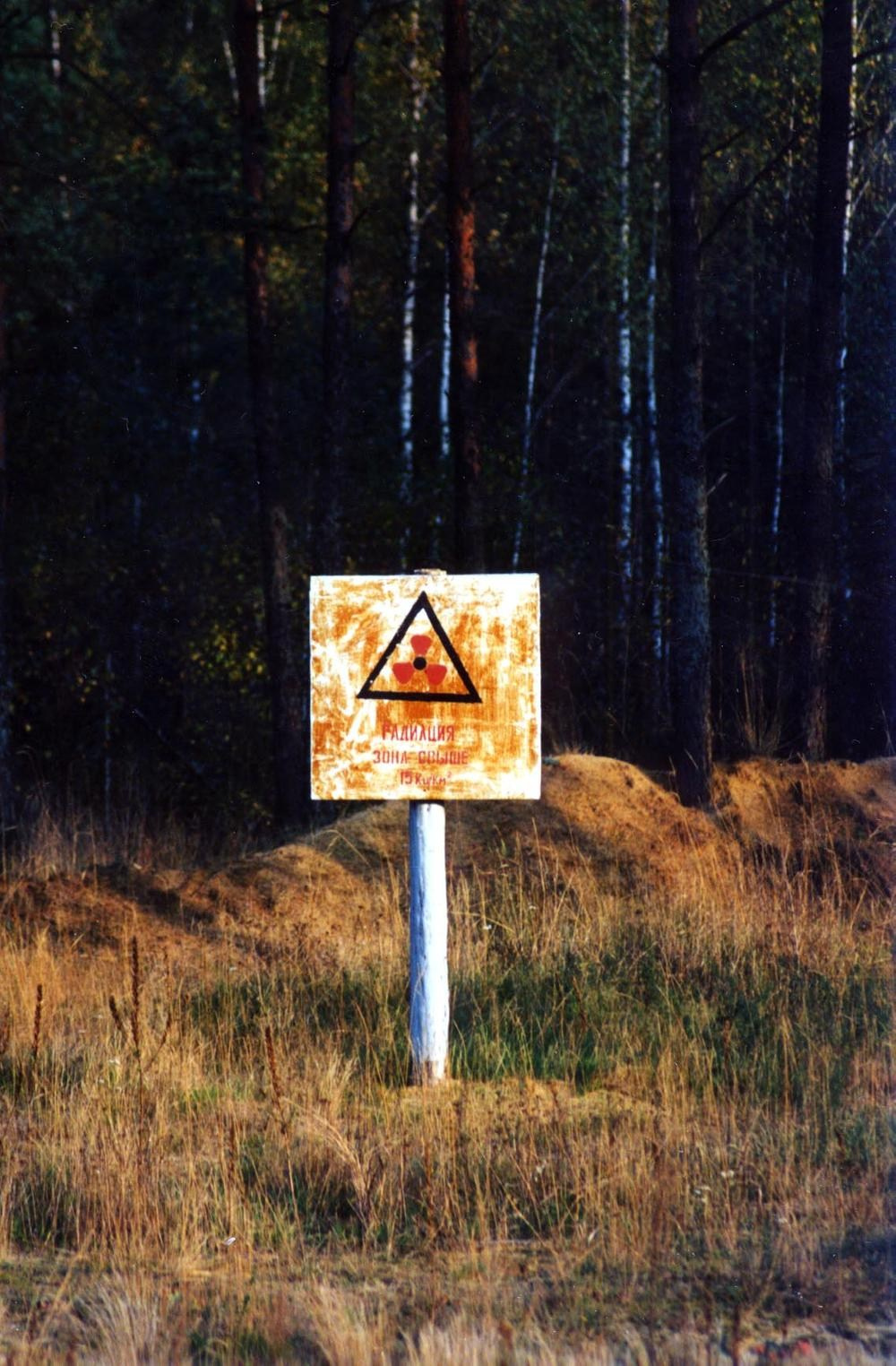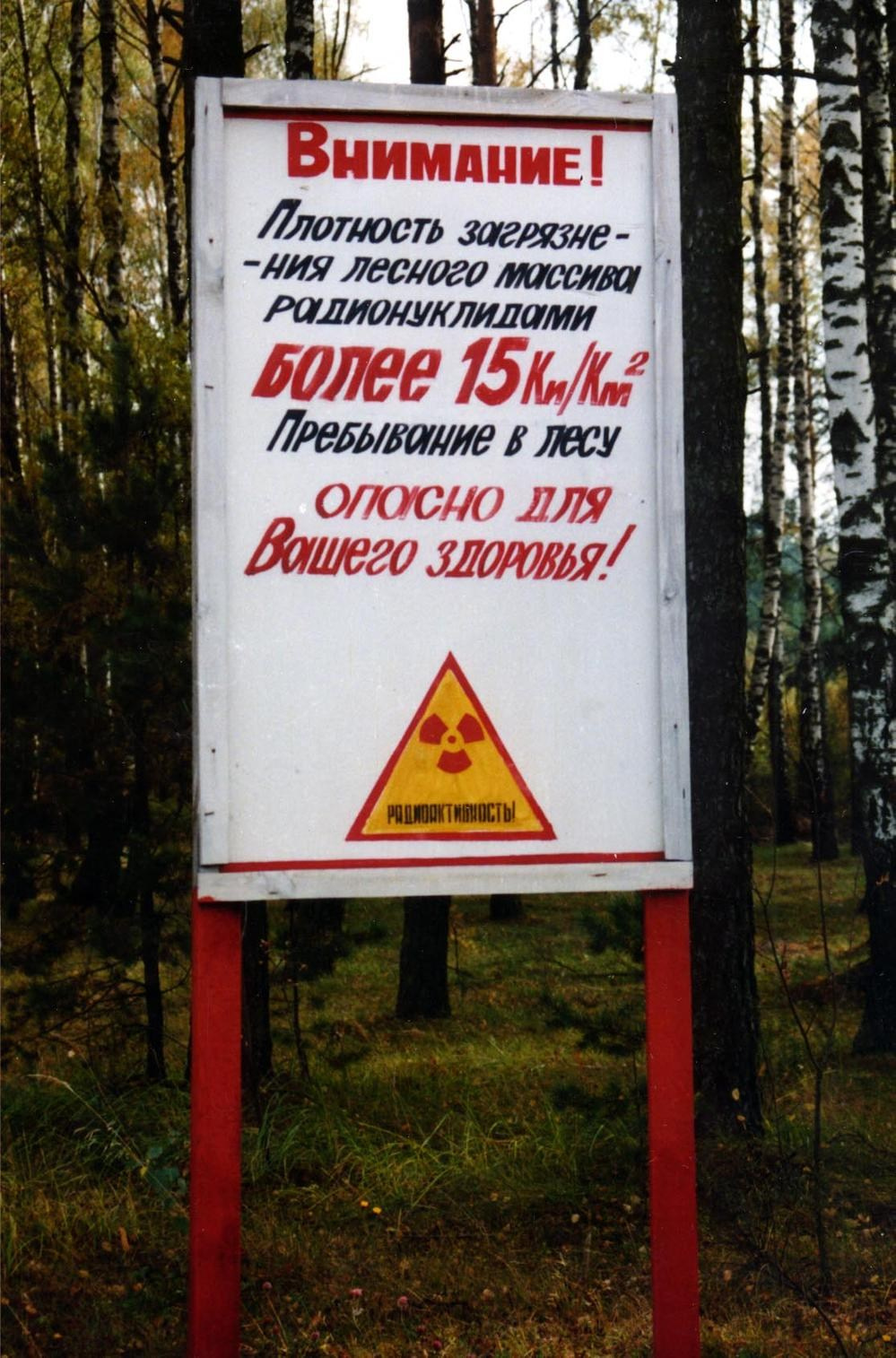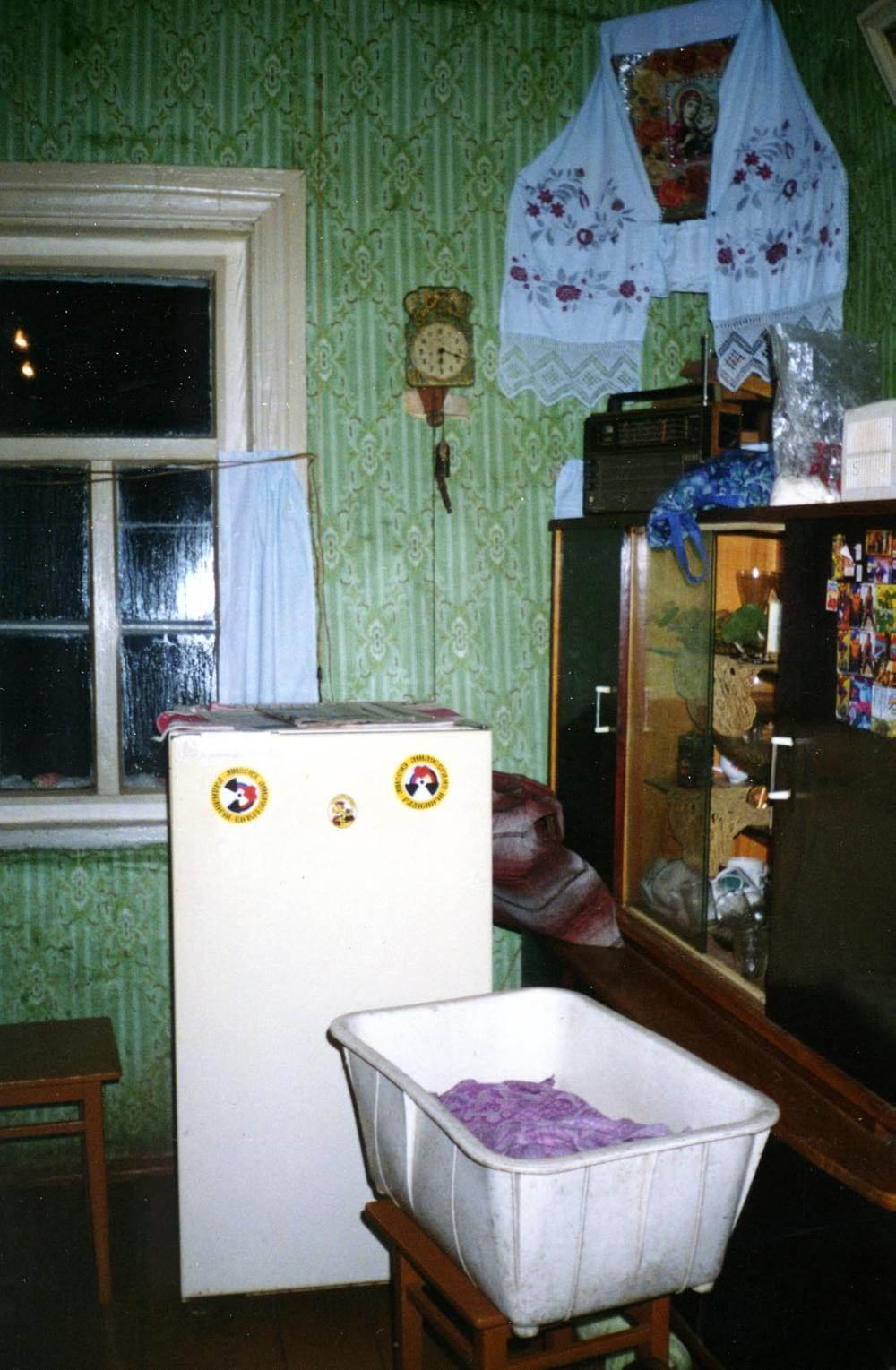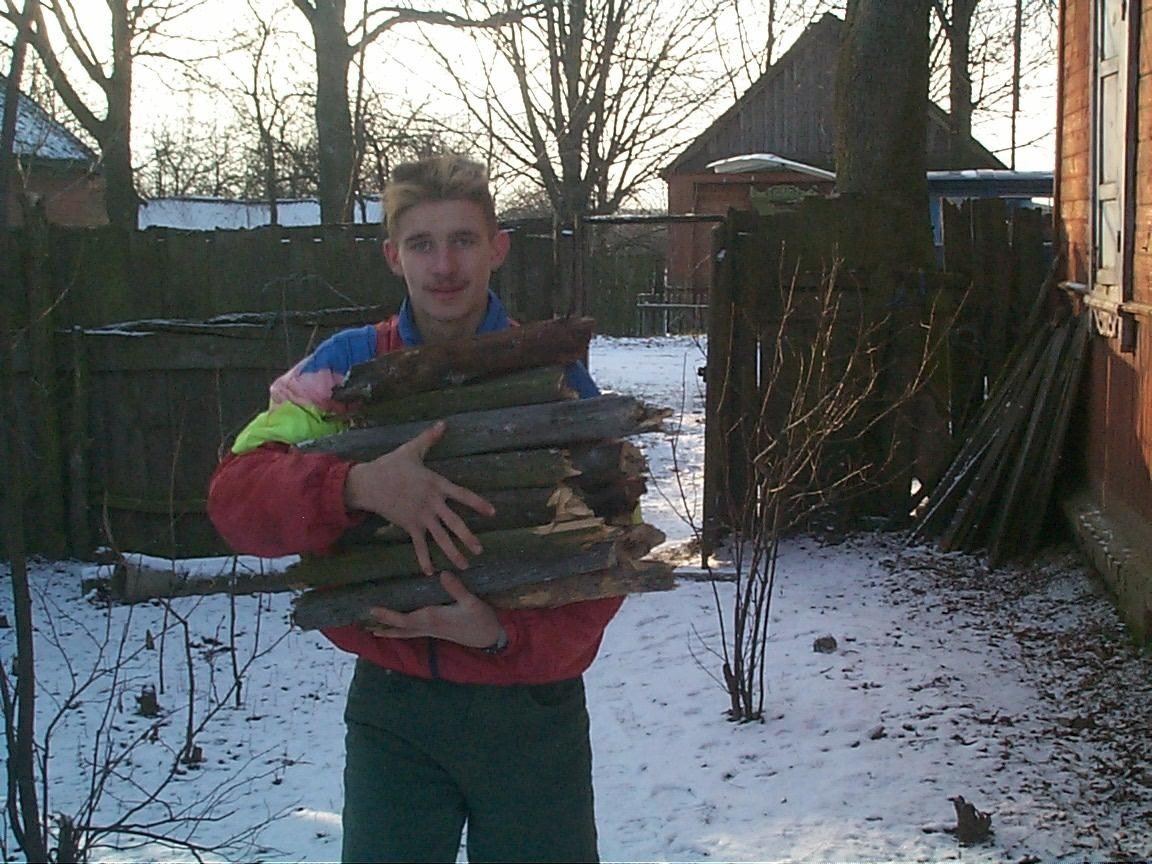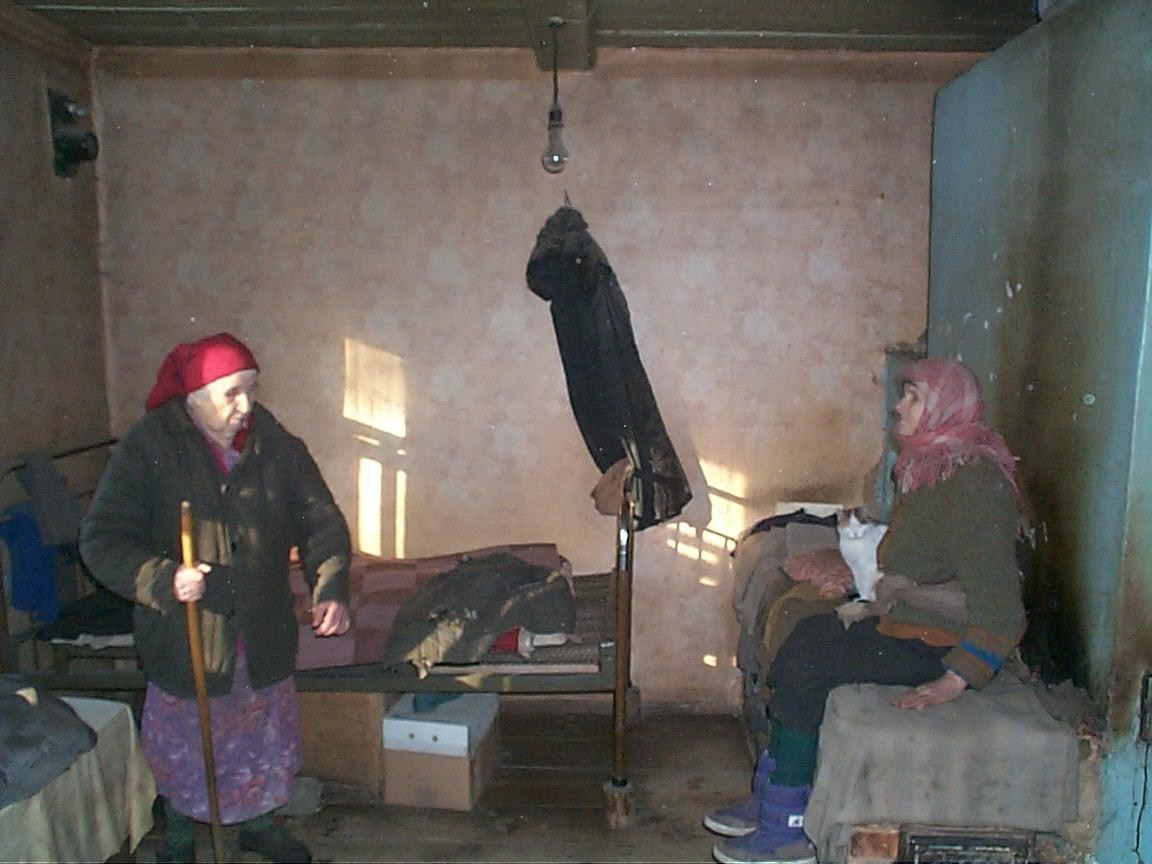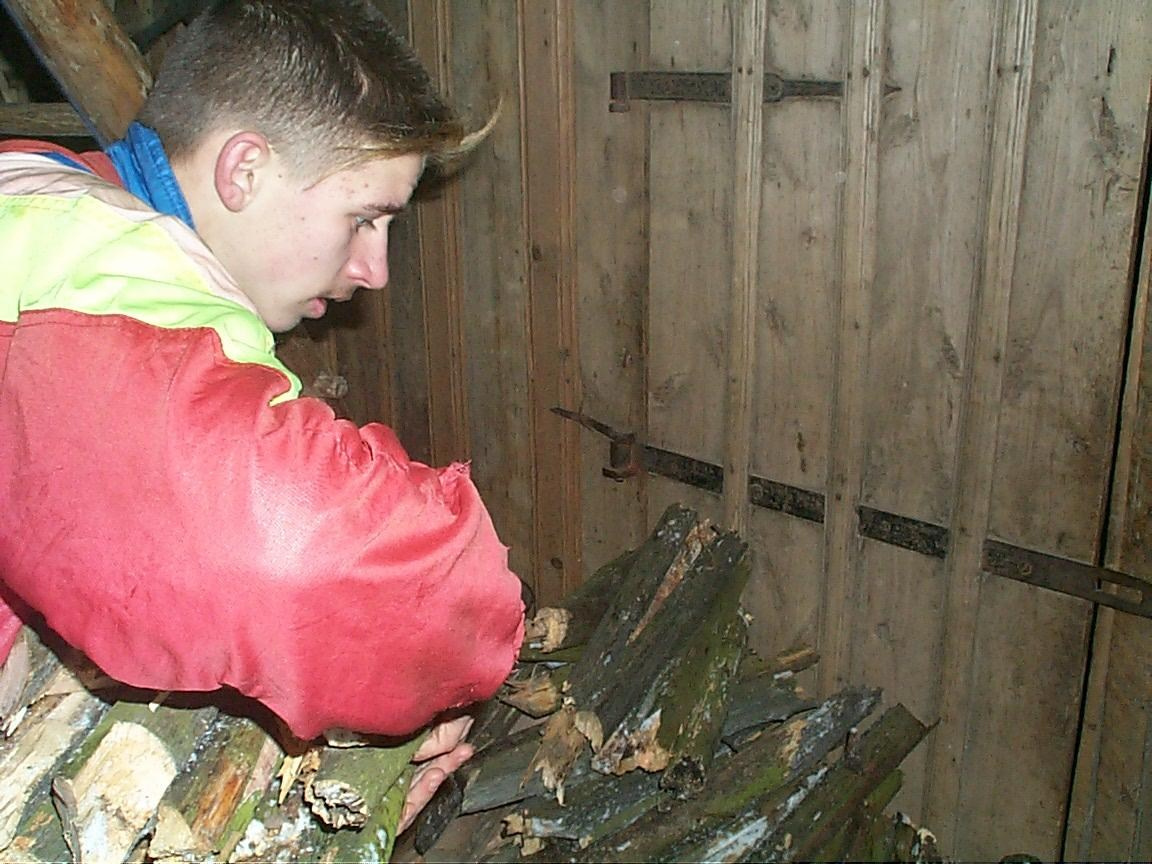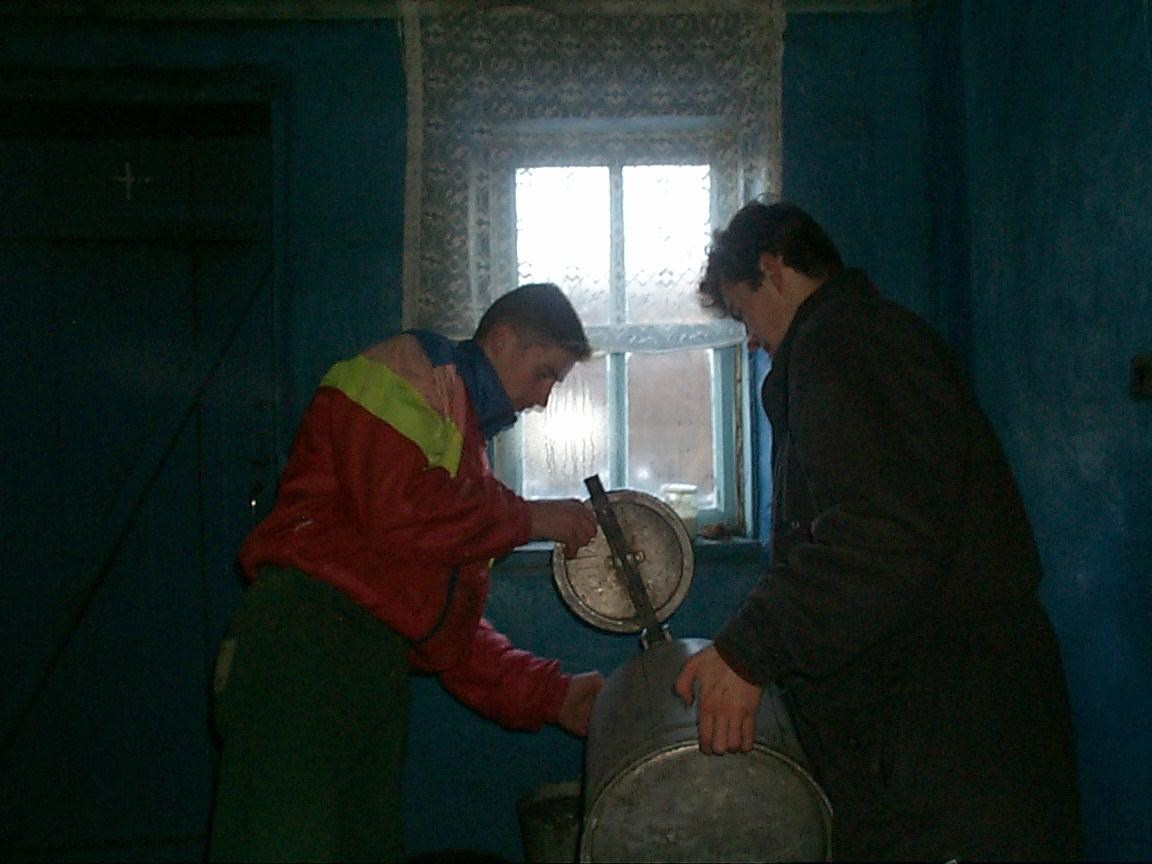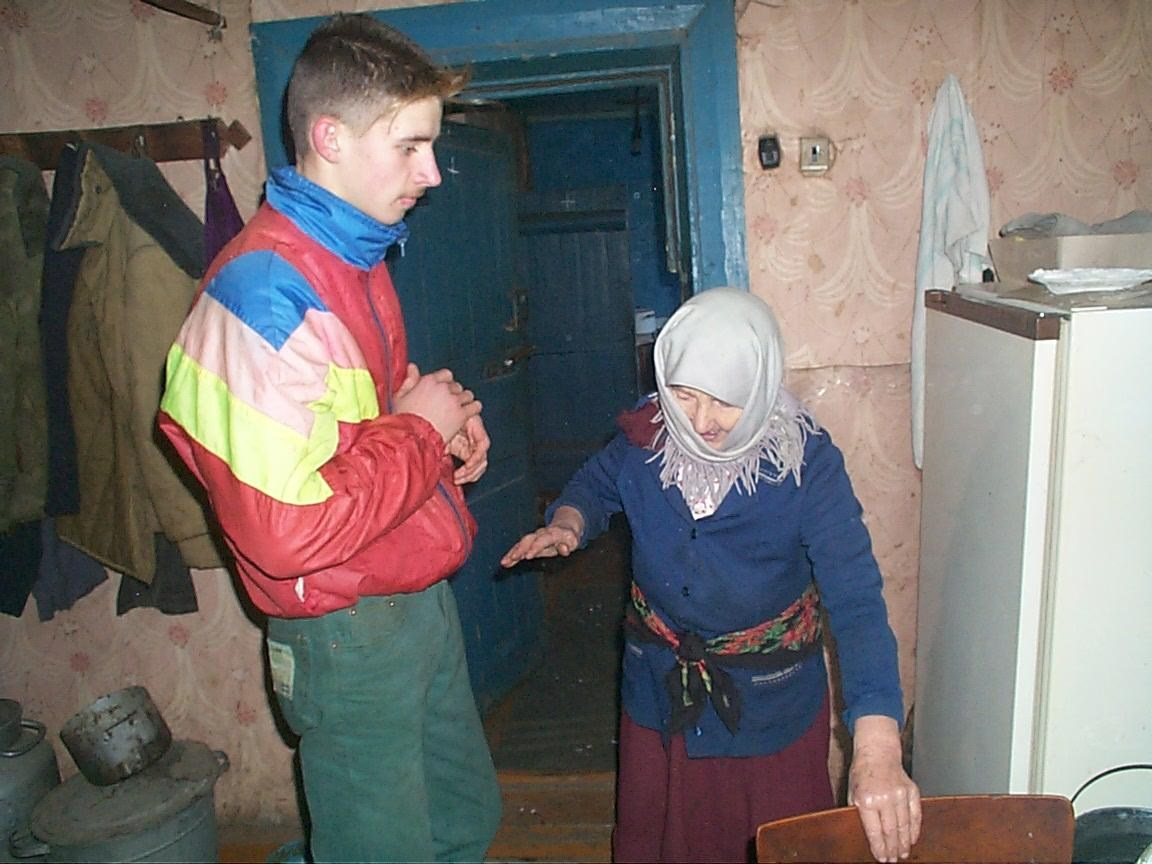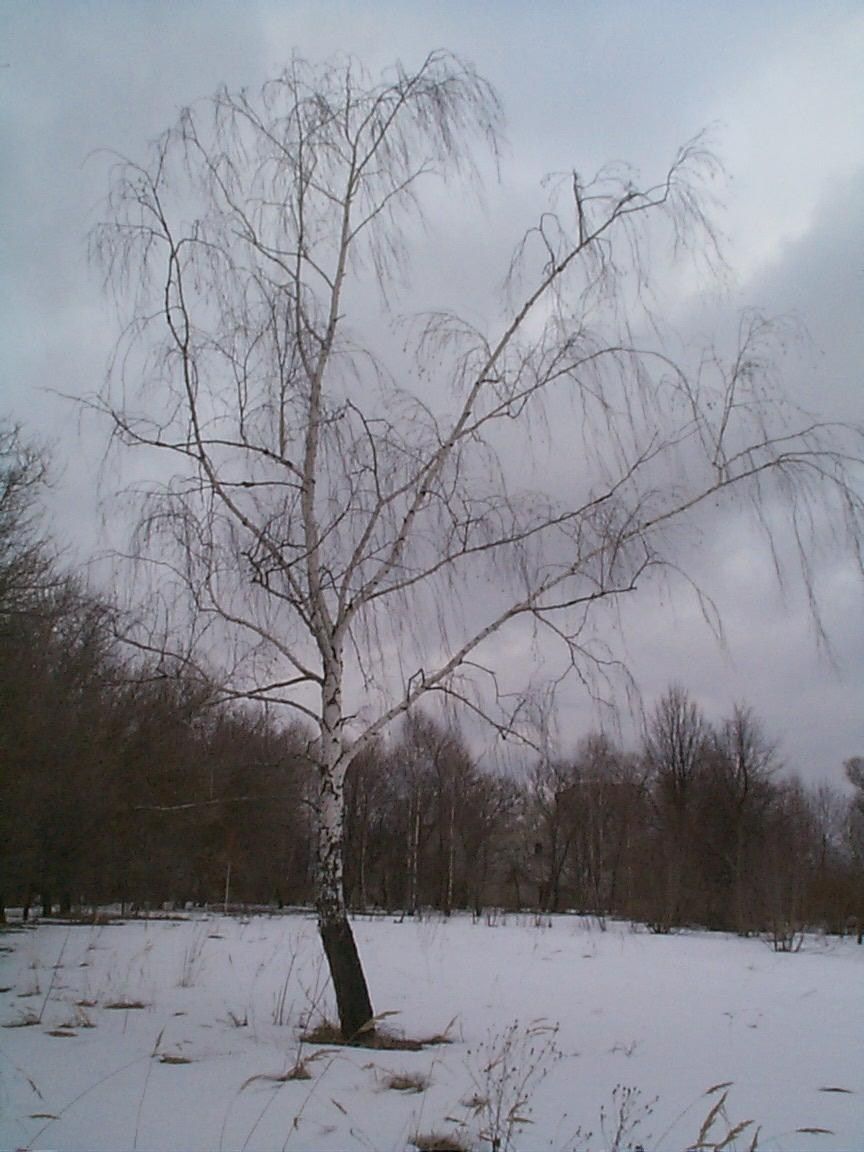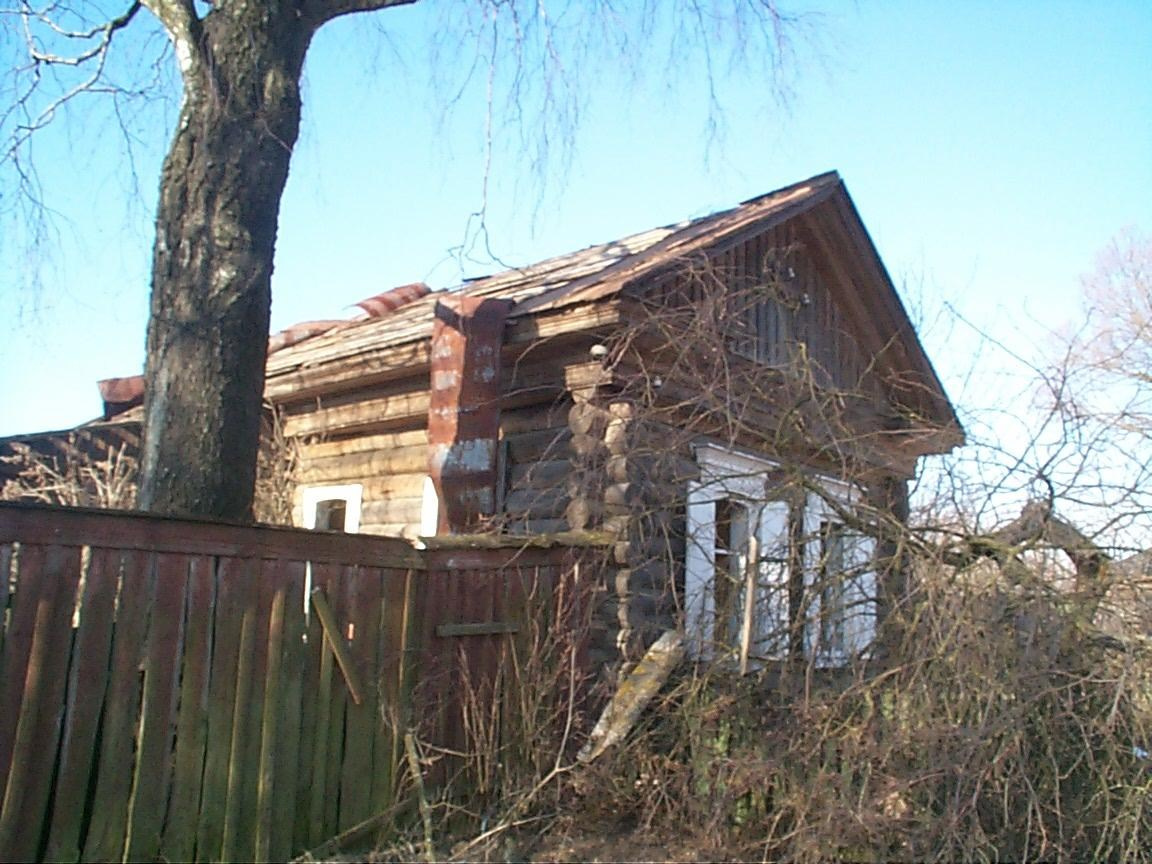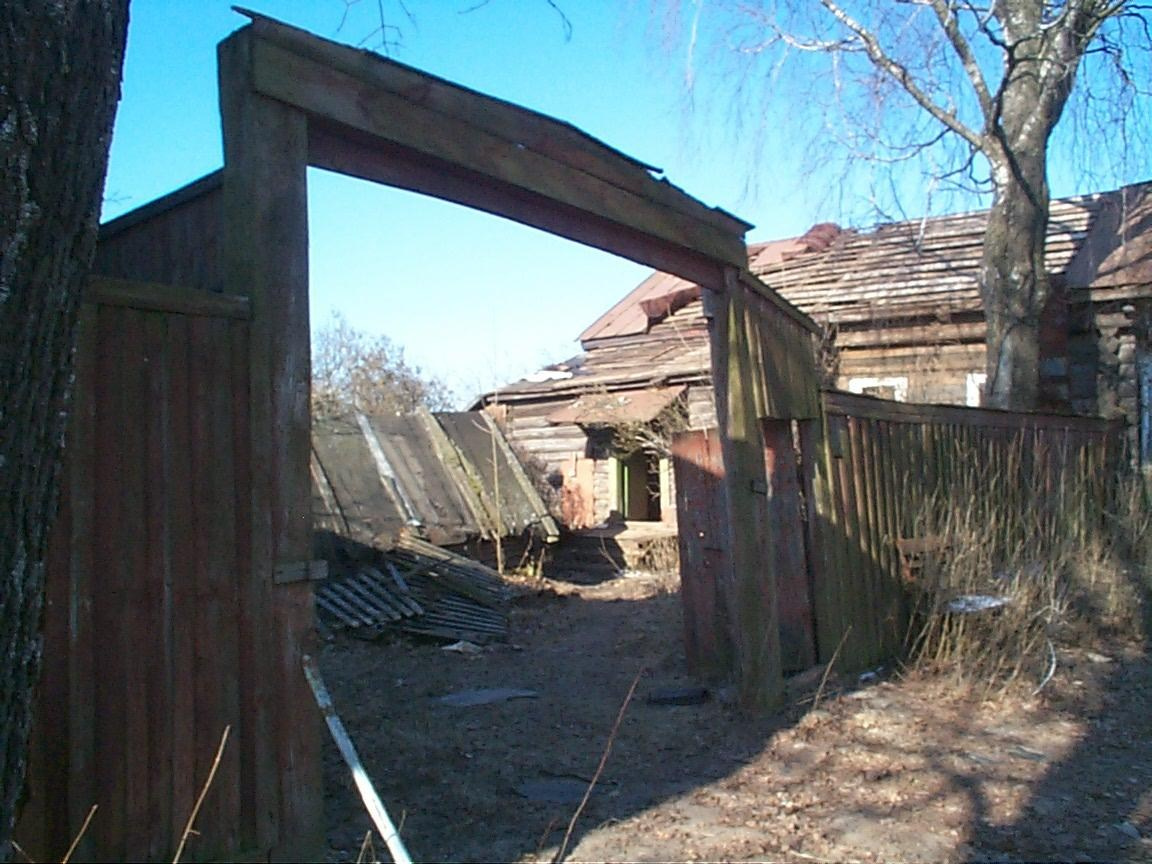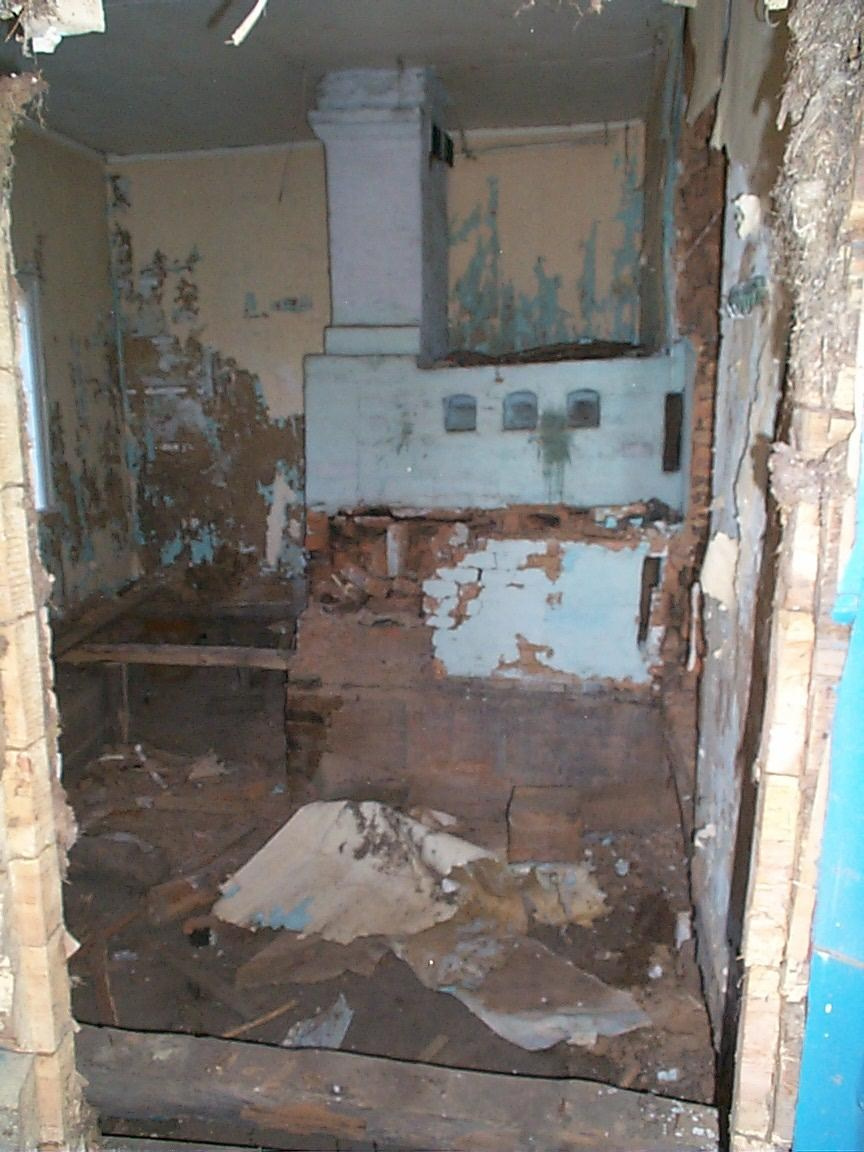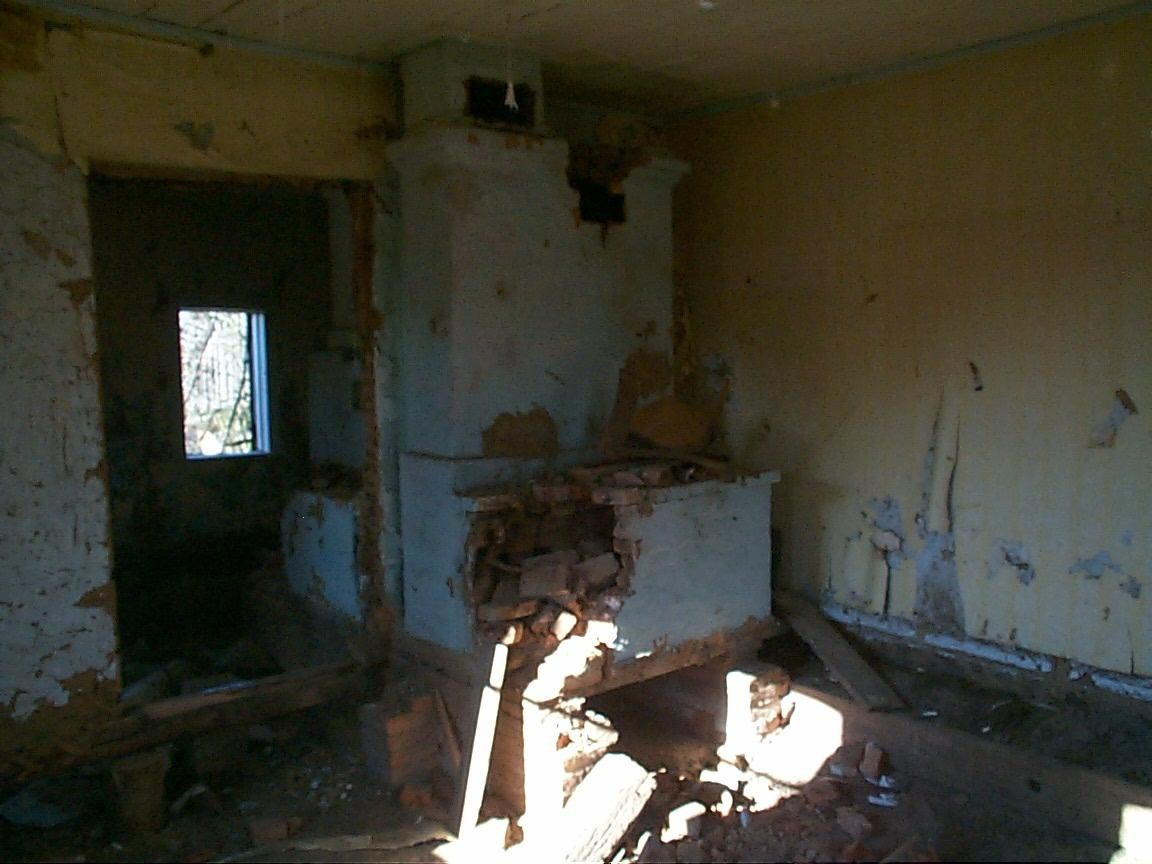Novozybkov — The Bryansk Region — 25 Years After the Chernobyl Accident
The Bryansk region, located in Central Russia southwest of Moscow and near the borders of Ukraine and Belarus, is the Russian region most affected by the accident at the Chernobyl nuclear power plant 25 years ago. On April 26, 1986, the catastrophic event at the Chernobyl nuclear power plant resulted in the contamination of a significant portion of the Bryansk region with long-lived radionuclides. Many southwestern regions of the Bryansk region were classified as part of the “resettlement zone” according to the Chernobyl classification of the affected territories. However, a quarter of a century after the disaster, life in these areas continues, with Novozybkov being the largest of these regions. Currently, approximately 40,000 inhabitants reside in the city.
Over the 25 years since the disaster, the radiation situation in Novozybkov has evolved, but the invisible consequences of the catastrophe persist. Today, the city still holds the status of a “resettlement zone, ” indicating the ongoing impact of the Chernobyl accident on the region.
During the Soviet era, the Bryansk Region was a highly developed agricultural area. However, following the collapse of the USSR, it lost its agricultural significance. The Chernobyl accident has had a lasting effect on the region, not only in terms of the environmental and health consequences but also in terms of its economic and social development.
Archival photographs of the village of Svyatsk were provided by the Bryansk regional public organization for social, cultural, and educational support to the population, “Radimichi — Children of Chernobyl.” The photos document the activities of volunteers who assisted village residents who refused to leave. Currently, no one lives in the village of Svyatsk.

